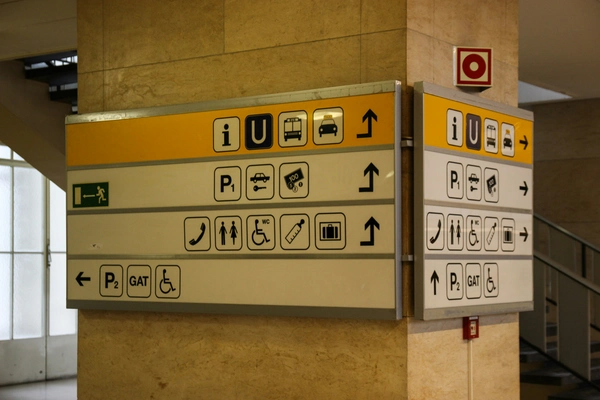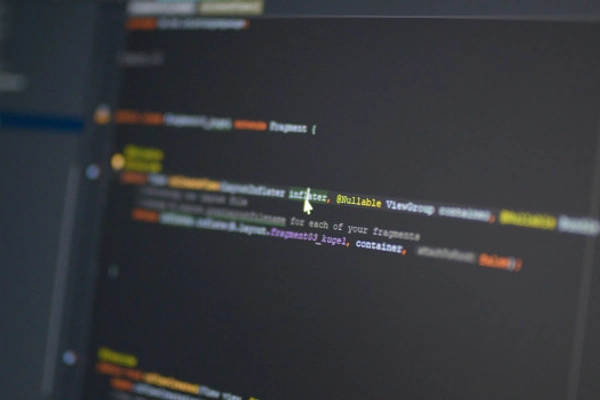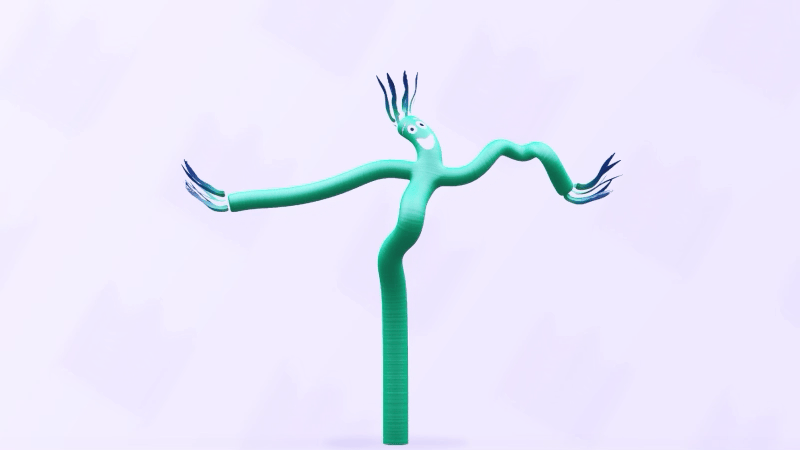While we’re aiming to delight by using animation, there does come a point where that delight becomes an annoyance. The element of surprise we use to create this feeling must be done right, or we risk harming the user experience.
Source: Photo by Ricardo Viana
From delight to annoyance: when too much animation hurts UX
Animation can elevate a user experience or ruin it. When used with purpose and restraint, it adds clarity and emotion. When overdone, it distracts and frustrates. The key is balance.
TL;DR
-
Animation should support, not dominate. Its role is to guide attention and enhance clarity, not to overwhelm the interface.
-
Too much motion causes distraction. Frequent or flashy animations scatter user focus and reduce usability.
-
Delight has limits. Without restraint, charming animations become irritating over time.
-
Use animation to mark meaningful moments. Onboarding, purchases, or new discoveries are ideal use cases for emotional impact.
-
Avoid theatrics in repeatable actions. Everyday tasks like saving or selecting need speed, not flair.
-
Respect duration guidelines. Micro-interactions should stay under 500ms; hover effects work best between 1500–3000ms.
-
Ask the right questions. “Am I adding joy or just time?” Good animation whispers, it never shouts.
Why too much delight turns into annoyance
Animation, when done well, can add charm, emotion, and memorability to an interface. But without careful boundaries, it easily crosses into the territory of distraction and irritation. It’s important to remember that animation is there to support your message, guide the user’s attention, and reinforce clarity, not to dominate the experience.
When used too frequently, in the wrong moments, or with excessive duration, even the most elegant animation can feel like noise. Instead of inviting interaction, it discourages it. Too many transitions, too many bounces, too many flares, and the user’s gaze is no longer directed, it’s scattered. That moment of “wow” becomes a moment of “why?”
When "wow" becomes "why". Warning signs:
-
Animation should serve content, not compete with it.
-
Surprise effects lose impact when overused or expected.
-
Repetition without purpose leads to visual fatigue.
-
Visual chaos reduces interface trust and usability.
How to use animation without harming the experience
The ideal times to introduce animation are the moments that truly signify progress or achievement, such as launching a product for the first time, completing onboarding, making a purchase, discovering a new feature, or engaging with an empty state. These experiences naturally carry a sense of excitement, and animation can gently enhance those emotional peaks.
But outside of those contexts, restraint is key. Repeatable actions like saving changes or selecting an option don’t need theatrics. They need speed and precision. Micro-interactions, especially those triggered by clicks, should ideally not exceed 500ms. While the first few repetitions might still feel fresh, any delay, when experienced dozens of times per day, will soon be perceived as friction. The same rule applies to hover-triggered animations. Longer durations may seem impressive at first, but people value their time. Our research indicates that the sweet spot for hover animations ranges between 1500 and 3000 ms, depending on the complexity of the icon. Even then, every extra second must be earned with relevance.
The truth is simple: delight is not infinite. Without careful design, it turns on itself and becomes a burden. So always ask: Am I adding joy, or just adding time? Am I guiding the user, or distracting them? Because good animation whispers, it doesn’t shout. And when it overstays its welcome, it doesn’t charm anymore. It annoys.
Animating with intention. What works best:
-
Key emotional moments deserve subtle animation boosts.
-
Efficiency is more important than flair in repetitive actions.
-
Users quickly become sensitive to even minor delays.
-
Animation timing must reflect the context and user expectations.
Checklist
-
Does the animation support the content, or steal attention from it? It should guide, not distract.
-
Is this moment emotionally significant enough to justify animation? Use animation to amplify emotional highs, like onboarding or discovery, not routine clicks.
-
Have I avoided excessive or repetitive motion? Too many bounces, flares, or transitions quickly become visual noise.
-
Is the animation duration appropriate for the context? Micro-interactions should stay under 500ms; hover animations between 1500–3000ms.
-
Will this animation feel delightful the 20th time, not just the first? Repeated friction builds frustration, even if it looked good once.
-
Am I enhancing clarity or just adding visual effects? Every animation must have a purpose beyond decoration.
-
Have I asked myself: “Am I adding joy, or just adding time?” Good animation whispers. If it starts shouting, it’s time to simplify.
Sources
Sources
Val Head - Animation at work
Google Material Guidelines - Motion
Nielsen Norman Group - Animation in UX: The good, the bad, and the ugly
Smashing Magazine - Delightful details in UX
LottieFiles - Animation best practices
UX Collective - The problem with delight
UX Planet - Microinteractions: The secret of great UX
Luke Wroblewski - Touch gesture animations



Sorry to hear that. How can we improve this article?